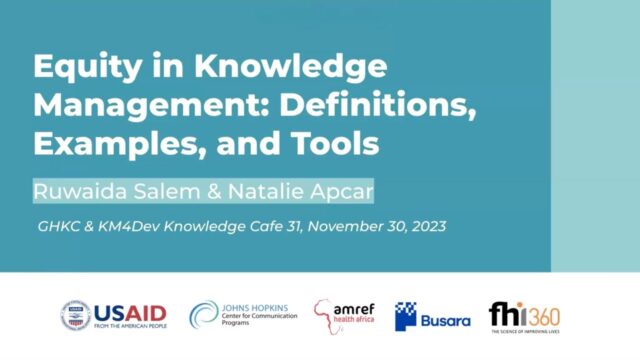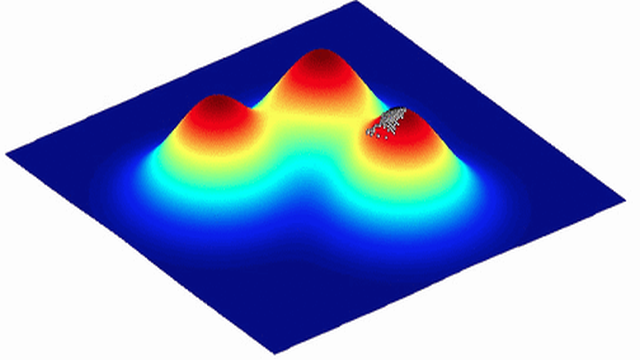
How wolves change processes: Understanding second and third order effects in knowledge management
Process change is part of what knowledge managers do. Knowledge managers examine a process that is in place or create a new one from many options. Either way, knowledge managers seek to make change for the better. However, a process change can be so radical that it breaks along human lines. This means that any process change or tool development needs to examine both human need and human effect.
A metric analysis must be done on all process elements – human, process/procedures, tools – and how they benefit the organization’s bottom line. This is the driving force behind knowledge management as it directly influences the organization.
The human effect will make a lousy tool good or a great tool a waste of time. Many times, knowledge managers design a process or tool without regard to the effect on the employees who will use it, causing the process or tool to fail. This failure is not of the employees, but instead on the knowledge manager who did not understand second and third order effects.
To understand second and third order effects, the reintroduction of wolves to Yellowstone National Park is a great reference1. The reintroduced wolves hunted elk, leading to process change for the elk. The elk started to avoid areas where they were captured easily, allowing these areas to grow more trees and varied vegetation. In turn, this increased vegetation enabled various birds to return, spreading seeds further. The wolves also chased and hunted coyotes, causing the populations of smaller animals to grow, such as rabbits and squirrels. The increase in small rodents allowed for more predators to flourish. Predator pressure from the wolves forced prey animals to migrate continuously, reducing elk pressure on willows. New and healthier willow populations grew, benefiting beavers. The number of beaver colonies then greatly increased, leading to new beaver dams, causing the creation of water pools and less meandering of rivers and streams. More vegetation then grew on riverbanks, making them more robust and stable.
So, through the process of returning wolves to Yellowstone, multiple second and third order effects are identified.
As a knowledge manager changes a process, the additional effects from changing the process must be realized to identify other areas of concern. By shortening the time for a process, is it causing a work stoppage? Waiting for paint to dry must not be rushed, but allowed to occur naturally. Paint drying that is rushed may not dry the underlying areas, causing it to appear dry, but still be semi-liquid underneath. The second order effect is that the paint is now prone to dents or rips from the forced drying.
These are failure areas that a knowledge manager can identify more quickly than other people can, based on professional training and education. Some of the expertise that a knowledge manager applies throughout a process is based on past experience. Potential pain points can be identified and mitigated ahead of time. This allows operations to create a plan that can be applied to the whole process, strengthening the organization’s bottom line.
This strengthened bottom line needs to be shown in the metrics of the process change. These metrics are the way the overall process will be evaluated in an organization. The metrics are similar to those used in measuring the impact of the wolves, as they identify the areas that have been stabilized.
Header image source: Wayne Schwisow on Pixabay, Public Domain.
Reference:
- Boyce, M. S. (2018). Wolves for Yellowstone: dynamics in time and space. Journal of Mammalogy, 99(5), 1021-1031. ↩







Dear John,
Interesting article. Liked the way you defined change of processes for elk due to the introduction of wolves. There was a learning in the part of elk to have food and survive.
Typically in organisations, knowledge managers don’t have the power to define processes, however their influences and interventions pave way to new processes. This may as a result of learning that is resulting from new knowledge creation.